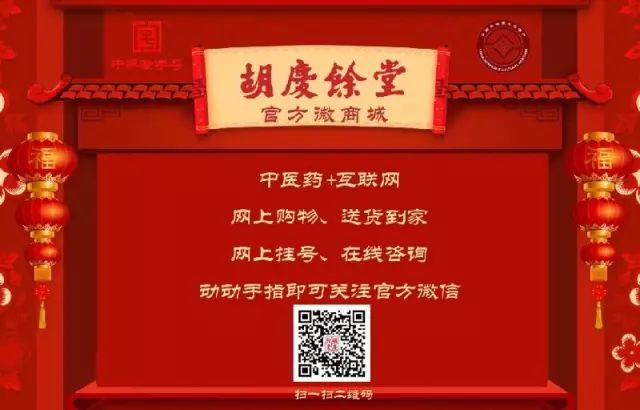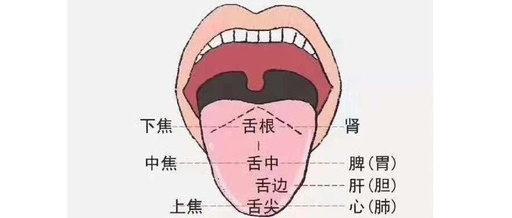
A few days ago, I received a patient who is also a friend I have known for a long time. She mentioned over the phone that she felt very fatigued and her spirit was not good. She also said that her spleen and stomach were not in good condition and felt blocked in her body, so she came for a consultation to address these issues.
After a detailed inquiry, I found out that although she often learns some health-preserving TCM knowledge and takes some medicinal food, I was still a bit surprised after examining her tongue.
She drinks ginger soup, takes Sanqi (Panax notoginseng), and uses the well-known formula Sishen Congee to eliminate dampness, and she constantly consumes Ren Shen (Ginseng), Huang Qi (Astragalus), and Gou Qi Zi (Goji Berries). Additionally, she drinks Huang Qi Sheng Mai Yin (Huang Qi to Generate Pulse Decoction) and stews red dates, longan, and American ginseng soup, which is quite nourishing. Dang Shen (Codonopsis) and Huang Qi are for tonifying Qi and blood, while Gou Qi Zi nourishes the liver and kidneys, and red dates, longan, and American ginseng are also for tonifying Qi and blood.
So, what does her tongue coating look like? The tongue is relatively large, with a white and greasy coating, and the color of the tongue is darker, which is a typical sign of spleen deficiency with dampness and Qi stagnation with blood stasis. Long-term tonifying Qi and blood has not improved her condition but rather caused congestion. Short-term consumption may yield some results, but long-term use will definitely have adverse effects.
When the medicinal properties cannot be absorbed by the body and cannot be metabolized, they will accumulate within the body. This accumulation may lead to symptoms such as heat, mouth sores, acne, constipation, recurrent throat pain, tonsillitis, or weight gain.
Over the years, I have accumulated quite a few tongue photos on my phone, and I would like to create a series of tongue diagnosis illustrations to help everyone understand their constitution in a relatively simple way.
First, let’s look at the tongue coating. As a simple introduction, we can roughly understand the different areas represented by various parts of the tongue.
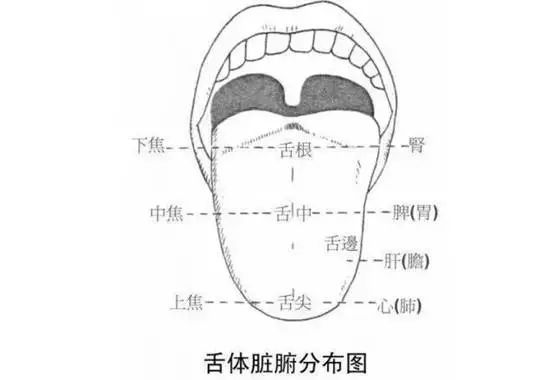
We can take a quick look at this without doing a detailed analysis. We can see if we can tonify by looking at several aspects:
First, determine if there is deficiency; you must be deficient to need tonification.
Second, determine if there is stagnation. We often say that deficiency cannot be tonified, which includes two aspects: one is that the spleen and stomach are too deficient to bear substantial tonification, requiring gradual nurturing of the spleen and stomach. The other is that there is damp-heat, cold-damp, or blood stasis in the body, which is not purely deficiency. You see, the small streams in the mountainous areas are becoming fewer and fewer, and most are filled with garbage. Is it useful to just open up the water source? Certainly not; we must first clean up the garbage.
Here are a few typical tongue photos:
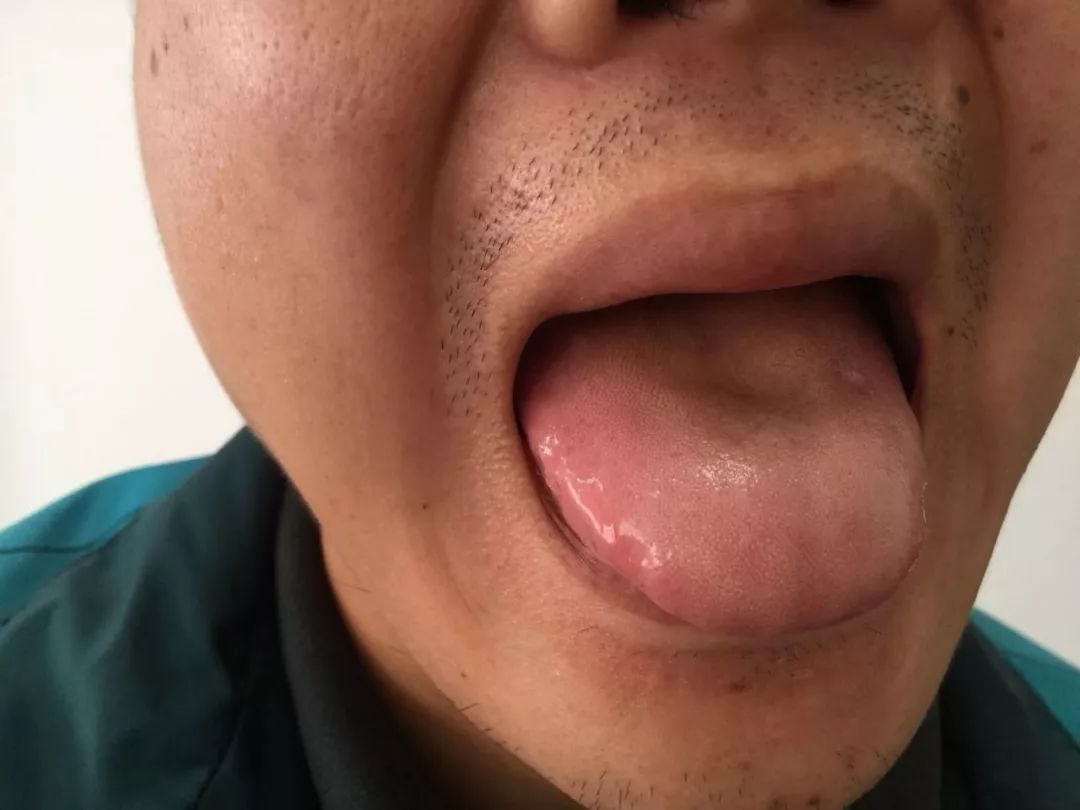
This tongue is relatively large, with a bulging shape from the tip to the middle, indicating phlegm-damp accumulation. Even with fatigue symptoms, it is only suitable for a small amount of Qi tonification, with a focus on resolving dampness.
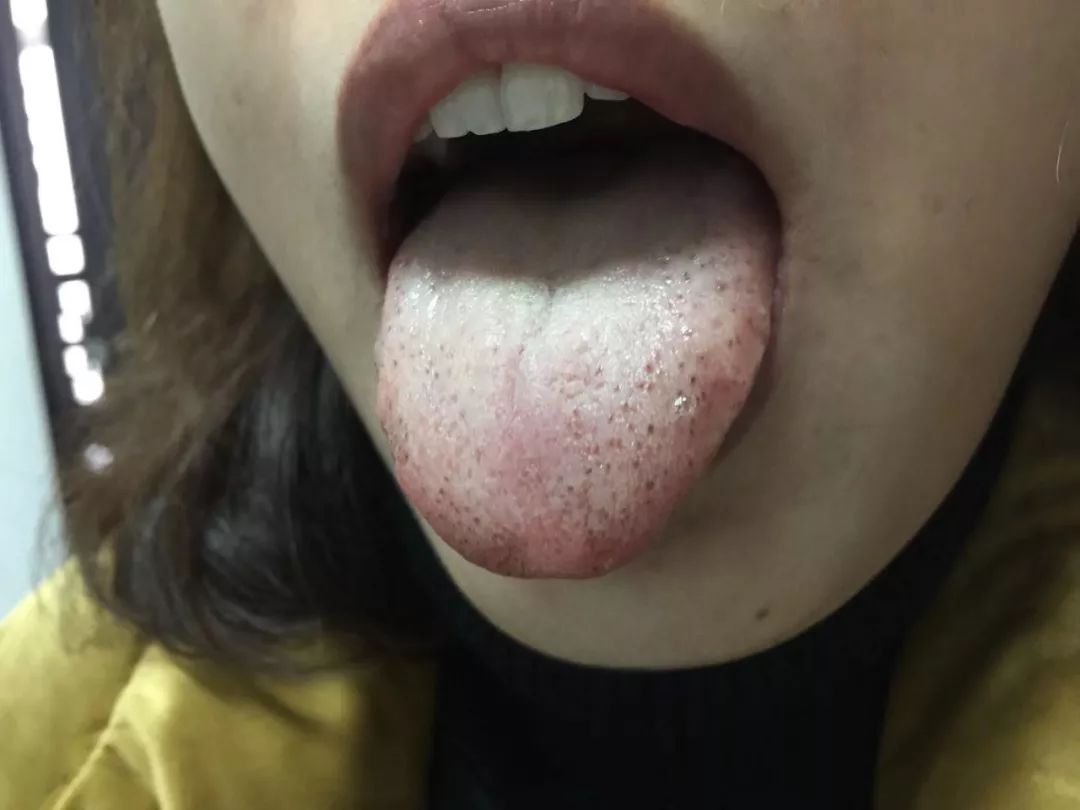
This tongue appears pale, but there are red spots and prickles on the edges, and the color is quite dark, almost black, indicating a constitution of blood deficiency and blood stasis, with a slightly white and greasy coating. Do not tonify recklessly.
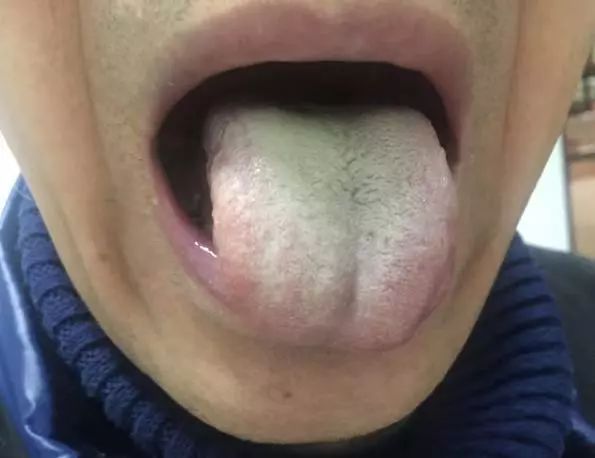
This tongue is quite typical, with a thick yellow coating, indicating significant damp-heat. Upon closer inspection, there is a deep indentation from the tip to the root, which is still fundamentally deficient but cannot be tonified immediately.
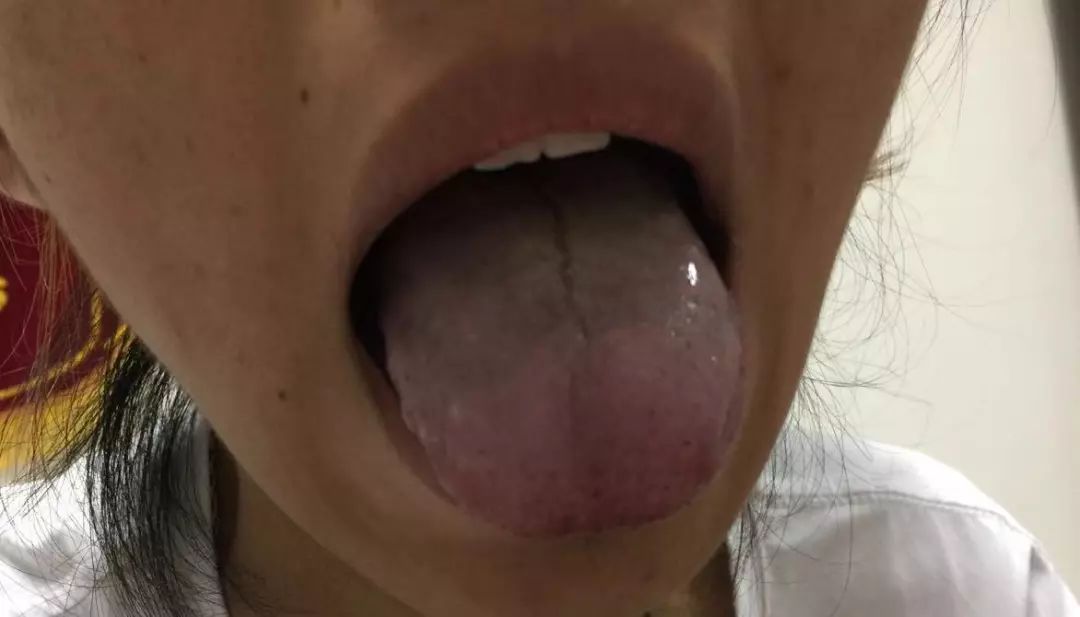
The tongue body is dark in color, with black stasis spots on the tip, indicating a constitution of cold-damp with stasis. Even if it is deficient, it cannot be tonified purely; cold ice does not melt, and stasis does not resolve, so tonification is of no benefit.
Next, I have selected a few tongue photos that are primarily deficient, but tonification should not be done indiscriminately.
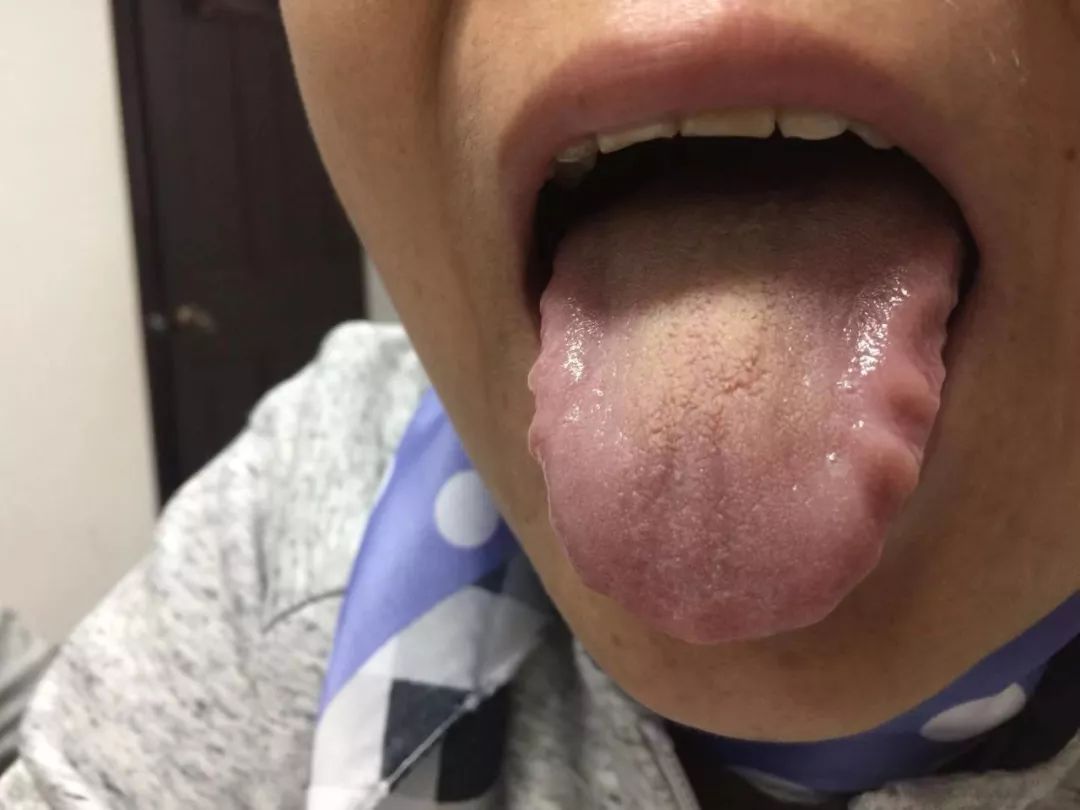
The most notable feature of this tongue is that the edges are serrated. This selected photo shows significantly fewer teeth marks, indicating spleen deficiency with excessive dampness and heavy water retention.
People with long-term excessive dampness in the body should pay attention to two points: prolonged dampness will inevitably lead to hidden Yang; prolonged dampness harms Yang.
This means that prolonged spleen deficiency with excessive dampness will generate heat or lead to Yang deficiency. At this time, merely resolving dampness or tonifying the spleen and Qi may not be effective.
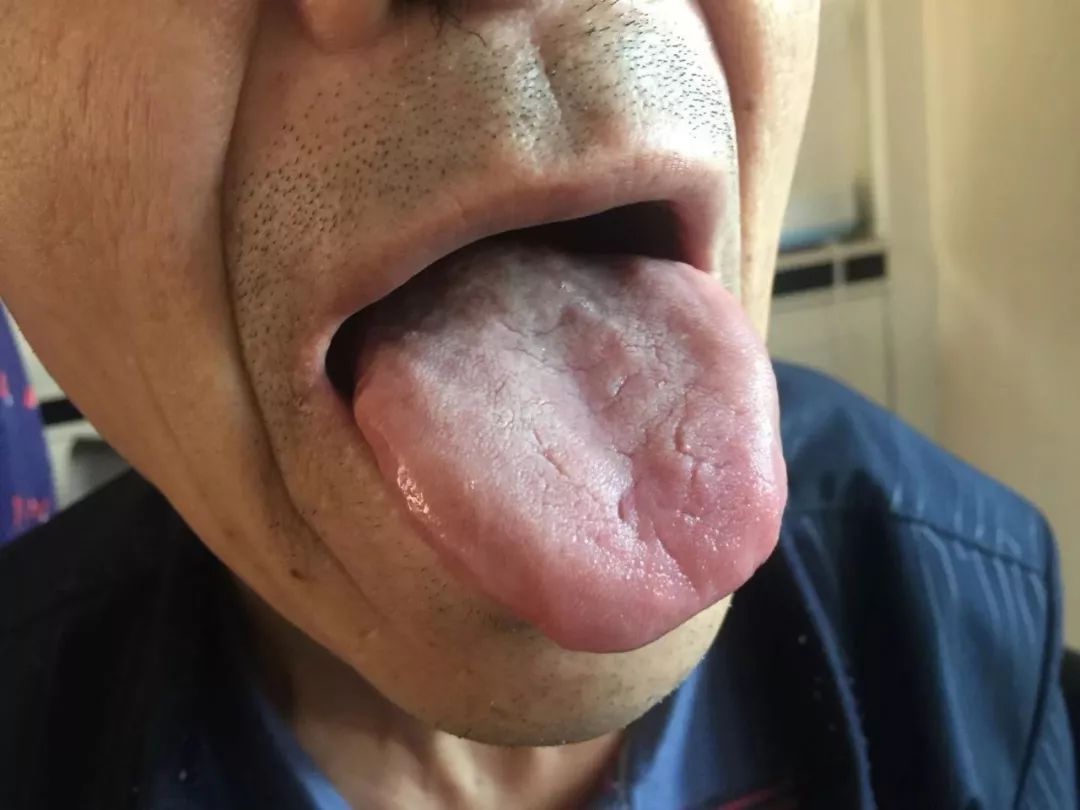
This person’s tongue coating is relatively clean, with no cracks or redness, and the tongue body is neither red nor enlarged, appearing to meet the conditions for tonification. However, this is not the case.
The issue lies in the shape of the tongue; note that the surface of the tongue is uneven, indicating that there is actually significant blockage within the body, but the constitution is indeed deficient, resulting in this tongue appearance. (Note: This is a tongue coating of a cancer patient.)
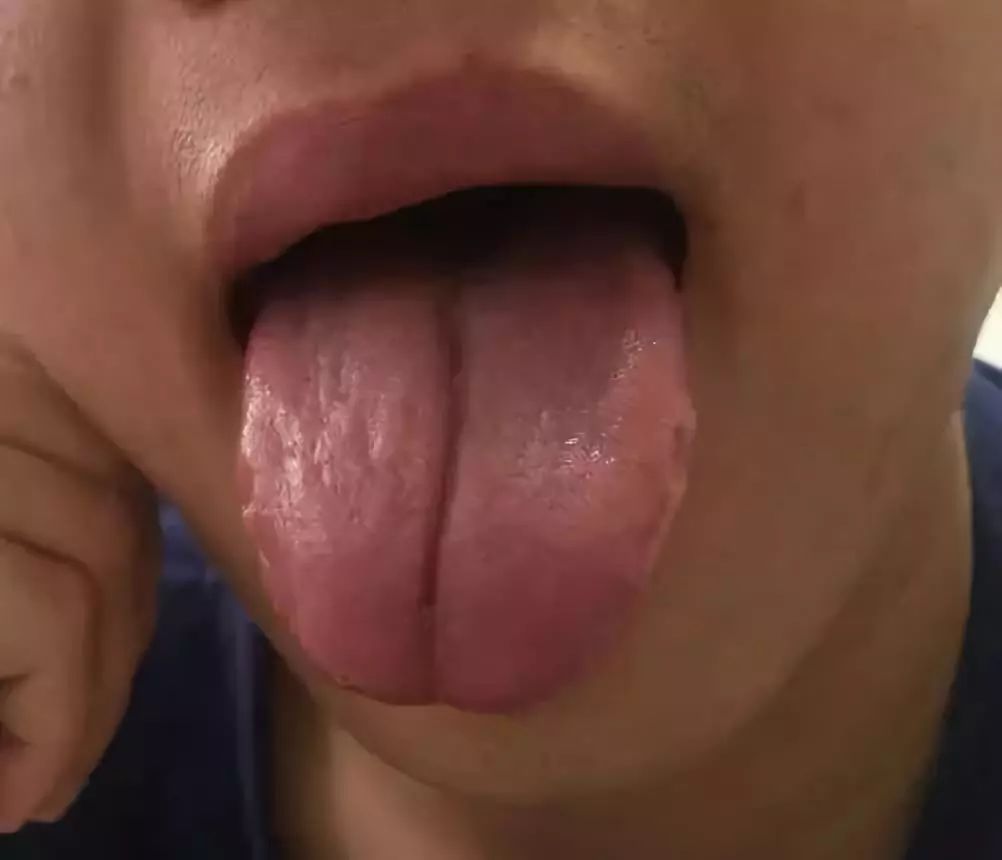
Finally, this photo is a typical case of kidney deficiency and essence damage, with a very smooth tongue surface and little coating, and a deep indentation in the middle, indicating severe kidney deficiency and dark depletion of essence and blood, which requires direct tonification of the kidneys.
The previous tongue photos are just simple tongue appearances; in clinical practice, we must also consider the patient’s symptoms and pulse to conduct a comprehensive analysis.
Editor: Wang Zheteng
Illustration and Layout: Feng Hui
Review and Revision: Wang ZhetengPhysician
Final Review: Yang Zhongying, Sun Tie
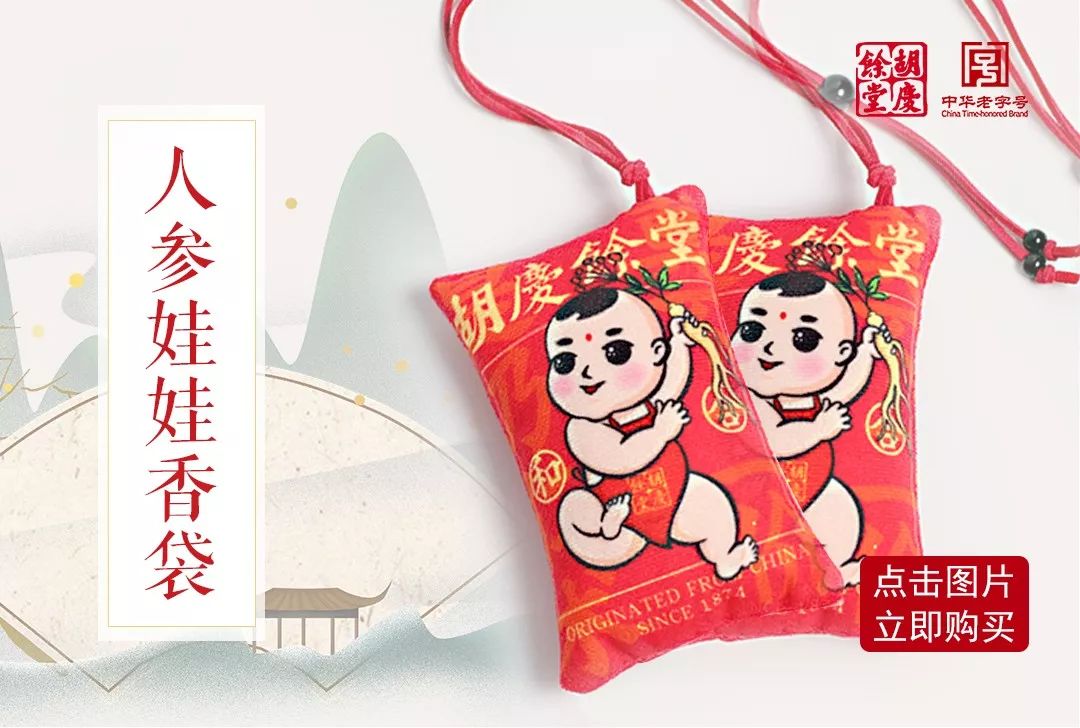
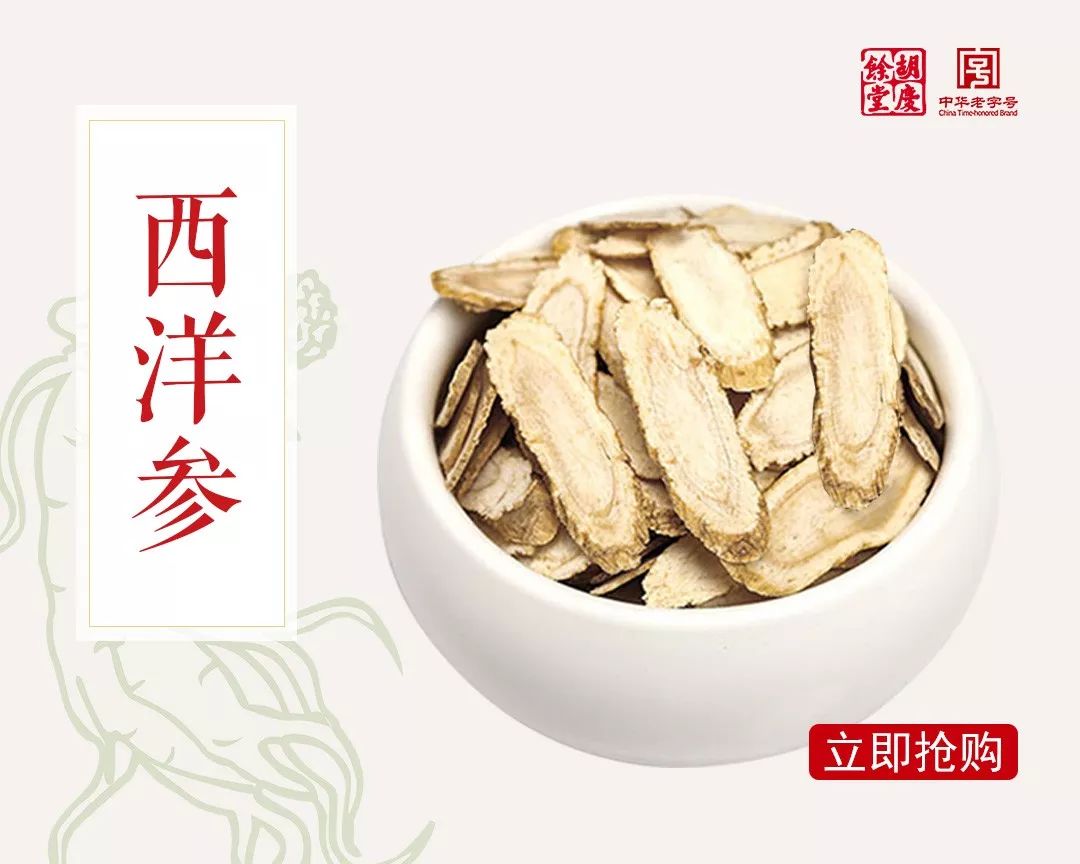
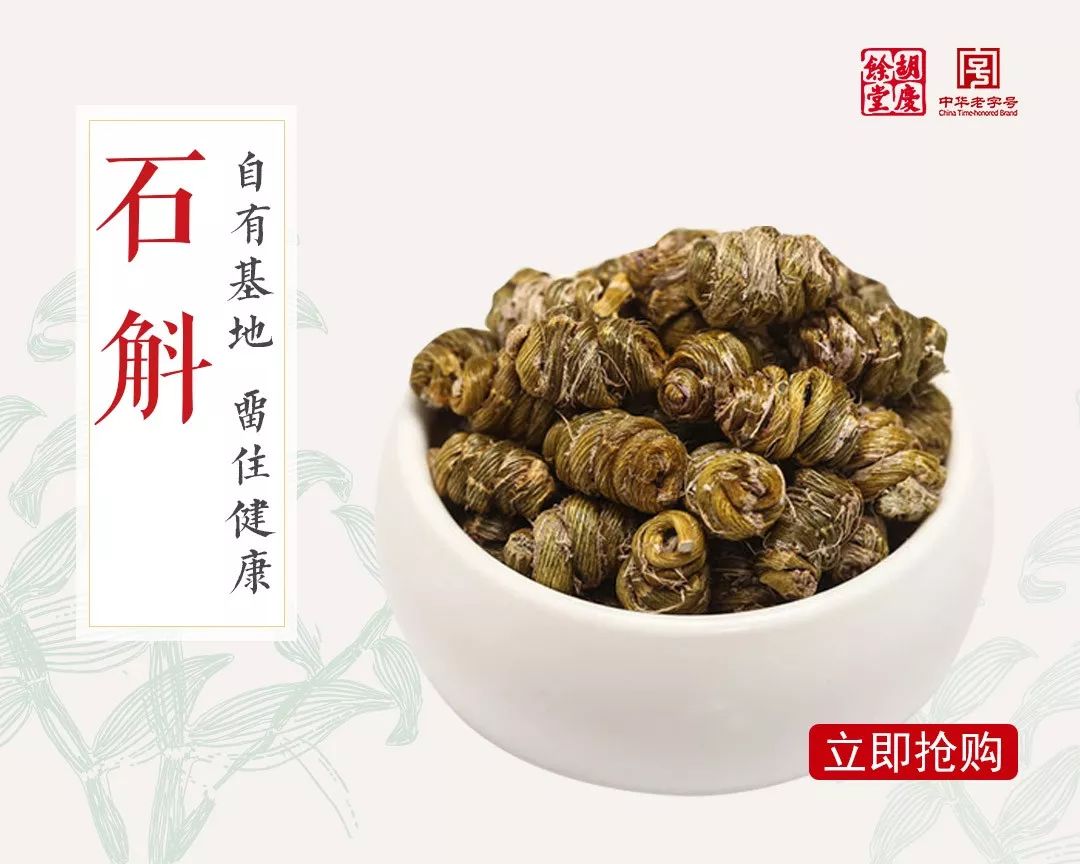


Selected Past Articles
-
Is Cordyceps Beneficial for Asthma and Other Respiratory Diseases?
-
Winter Nourishment and Autumn Foundation: No More Worries About Deficiency
-
The Key to Health Preservation is Not to Cause Harm
-
What Causes Frequent Night Urination?
-
Alcohol Enhances Medicinal Effects, and Medicine Adds Fragrance to Alcohol
-
In Autumn, Don’t Let Shingles “Take Advantage of Weakness”
-
How to Diagnose and Treat Shoulder Periarthritis
-
Autumn Health Rules for “Three Highs”
-
How to Better Use Dendrobium
-
How to Eat Bird’s Nest?
[Micro Navigation]
Our Contact Information
Phone: 0571-87815209
Address: No. 95, Dajing Lane, Shangcheng District, Hangzhou
Hu Qing Yu Tang National Medicine Official Website
www.hqytgyh.com
Sina Official Weibo:
@Hu Qing Yu Tang National Medicine
Reply[Monday]to[Sunday]to inquire about consulting physicians
Reply with the physician’s name, such as Liu Zhong, to inquire about detailed information and consultation hours for related physicians
Reply with keywords[Immune System Diseases][Breast Diseases][Thyroid Diseases][Spleen and Stomach Department][Gynecology][Rheumatology][Oncology][Pediatrics][Hepatobiliary Department][Neurology][Respiratory Department][Cardiovascular Department][Hematology][Dermatology][Nephrology][Orthopedics][Acupuncture and Tuina Department][Andrology][Asthma][Lung System][Prostate][Skin Diseases][Ophthalmology][Sleep][Menopause][Sub-health][Menstrual Disorders][Female Infertility][Hypertension][Diabetes][Gastrointestinal][Ovarian Disorders][Uterine Fibroids][Digestive System][Headache/Dizziness]to inquire about related physicians
